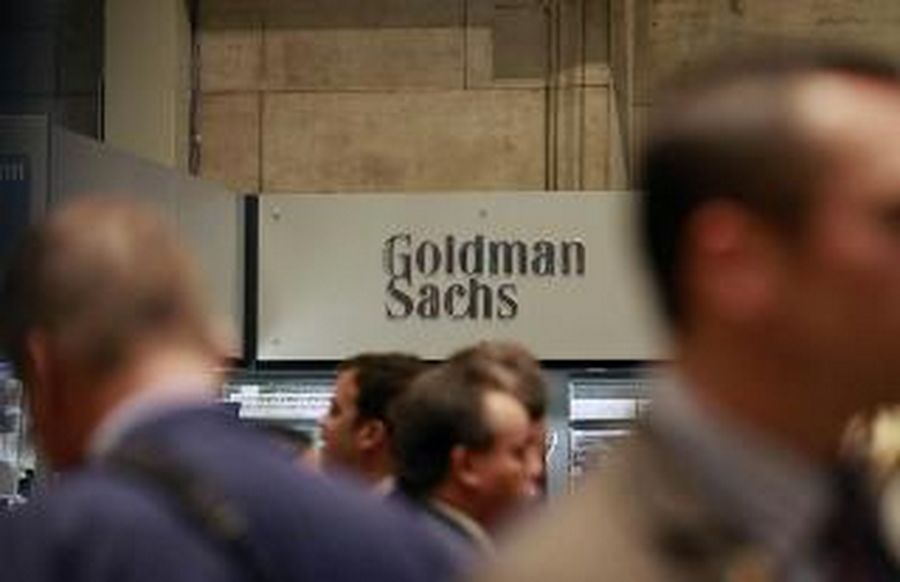Goldman Sachs and Bank of America, which both reported Q2 numbers yesterday, have, along with the rest of the industry, taken a beating in the stock market this year. GS’s earnings clearly weren’t what the market was expecting. In all fairness, they were awful.
It’s clear that the trading environment has been challenging all year, and we’ve all been forecasting depressed revenues from the trading desks. But the numbers undershot most forecasts.

Keith Mullin, Editor at Large, International Financing Review
I’ve written in the past about analysts, their models and inappropriate expectation-setting, so I have to be a bit careful here, but if JP Morgan slightly confounded industry expectations on the upside when it reported pretty good numbers last week, Goldman certainly confounded them on the downside.
BAML and GS both suffered from lower levels of activity on the client side, but in prop trading too; Goldman’s proprietary trading revenues slumped to just over US$1bn from US$2.7bn in Q1 and US$1.7bn in last year’s Q2. Word is that the firm got on the wrong side of sharp commodity price movements. BAML pointed to lower revenues from mortgages as well as prop, which it shut down on the final day of the quarter.
Investors have been marking GS down all year. The stock closed yesterday at US$128.49, a 52-week low and off more than 26% from the mid-January high. On a five-year view, the stock is down more than 46% from the pre-crisis zenith of almost US$240 in October 2007.
Goldman is not alone: Morgan Stanley stock closed on Monday at a 52-week low of US$20.69, 33% off its mid-Feb high. The talk this week has been of integrated commercial and investment banks having inbuilt advantages over their monoline investment banking cousins, and there’s a lot of truth in that. Not least in the commercial banks’ ability to take advantage of things like running loan book general provision write-backs through the P&L, which flatters bottom lines. But the thesis of diversification doesn’t work if other business segments or other parts of the business flunk, too.
Just to prove investors aren’t turning the rout into a monoline investment bank phenomenon, Bank of America closed yesterday at US$9.57, another 52-week low and 37% off the mid-Jan high. Investors have hammered the bank; its 2Q11 net loss of US$8.8bn won’t have helped. The bank opted to take some hefty charges in the quarter, related to the agreement to resolve most of Countrywide’s first-lien non-GSE RMBS repo exposures, and other mortgage-related costs. Excluding those, 2Q11 net income was US$3.7bn.

Source: REUTERS/Brendan McDermid
The Goldman Sachs stall on the floor of the New York Stock Exchange.
The industry earnings trend is now clear: investment banking fees are way up, trading is down particularly on the FICC side. Equity trading is looking slightly better, helped by equity derivatives. In fact, in a sure sign of how wounded FICC businesses are, Goldman’s US$1.9bn of equity trading revenues in the client business were higher than its US$1.6bn FICC showing. Over the past few quarters, FICC has typically (with one exception in 4Q10) been a multiple of equities.
Much better IB numbers across advisory and underwriting (JPM Q2 up 37%; GS up 54%, BAML up 28%) do not and will not provide anything like a sufficiently mitigating offset. That’s not going to change.
As for Goldman Sachs, did the firm just have an off quarter? Who knows, but I suspect so. All things being equal, I doubt it’ll be representative of the rest of the year. That’s potentially a big call, given that things out there are not even close to being equal. There’s a hell of lot of latent event risk – both market and regulatory – out there. But even with that in mind, I would suspect the industry is reckoning that Goldman’s Q2 net revenues of US$7.3bn – down 39% from 1Q11 and 18% from 2Q10 – won’t be repeated next time. But don’t put the trade on just yet.
